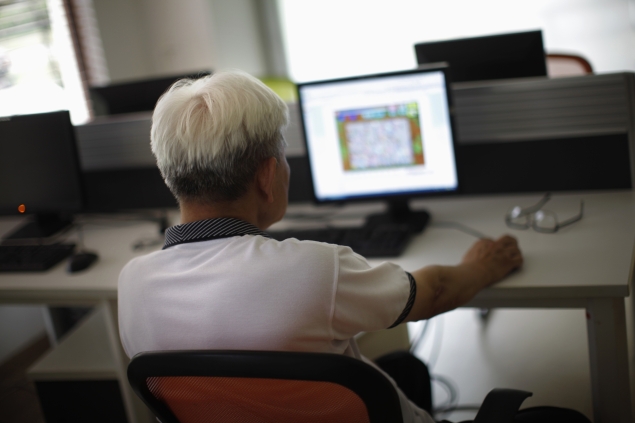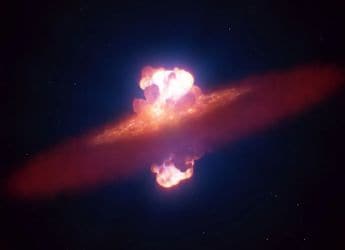- Home
- Internet
- Internet News
- New system developed to scan Internet for illegal images
New system developed to scan Internet for illegal images

The system can, for example, help trace child pornography on the Internet without infringing on the privacy of Internet users, said researchers at the University of Twente in The Netherlands.
Internet service providers could use the tool to keep their network 'clean', they said.
The police uses a standard database to detect illegal photographs, like child pornography, on equipment they seize, such as computers or USB sticks.
For security reasons, the database cannot be used to scan networks such as the Internet.
If the database were to end up in criminal hands, criminals could use it to make their own illegal photographs untraceable, researchers said.
With the new system, the police database can be used to scan a network as well.
This makes it possible to search for illegal photographs without the risk of the database ending up in wrong hands.
The standard police database does not contain any truly illegal photographs but only features of these photographs expressed in numbers (hash values).
When the police seize equipment, such as a PC, the database is brought into action to compare the known hash values with those of the photographs on the PC.
In this way, the police are able to verify whether the equipment contains any illegal photographs. "You can compare it with a sort of safe, the contents of which you cannot see but in which you can place photographs," said researcher Andreas Peter.
"Subsequently, it is the 'safe' alone that scans the photographs and then sends a confidential report to the police. The police can open this report with a special key. The report indicates how many illegal photographs are in the safe," Peter said.Get your daily dose of tech news, reviews, and insights, in under 80 characters on Gadgets 360 Turbo. Connect with fellow tech lovers on our Forum. Follow us on X, Facebook, WhatsApp, Threads and Google News for instant updates. Catch all the action on our YouTube channel.
Related Stories
- Samsung Galaxy Unpacked 2025
- ChatGPT
- Redmi Note 14 Pro+
- iPhone 16
- Apple Vision Pro
- Oneplus 12
- OnePlus Nord CE 3 Lite 5G
- iPhone 13
- Xiaomi 14 Pro
- Oppo Find N3
- Tecno Spark Go (2023)
- Realme V30
- Best Phones Under 25000
- Samsung Galaxy S24 Series
- Cryptocurrency
- iQoo 12
- Samsung Galaxy S24 Ultra
- Giottus
- Samsung Galaxy Z Flip 5
- Apple 'Scary Fast'
- Housefull 5
- GoPro Hero 12 Black Review
- Invincible Season 2
- JioGlass
- HD Ready TV
- Laptop Under 50000
- Smartwatch Under 10000
- Latest Mobile Phones
- Compare Phones
- Vivo Y500 Pro
- Realme GT 8 Pro Aston Martin F1 Limited Edition
- Huawei Mate 70 Air
- Moto G57
- Moto G57 Power
- Motorola Edge 70
- Moto G Play (2026)
- Moto G (2026)
- MacBook Pro 14-inch (M5, 2025)
- Asus Vivobook S16 (S3607QA)
- iQOO Pad 5e
- OPPO Pad 5
- Noise Diva 2
- Noise Halo 2
- Acerpure Nitro Z Series 100-inch QLED TV
- Samsung 43 Inch LED Ultra HD (4K) Smart TV (UA43UE81AFULXL)
- Asus ROG Ally
- Nintendo Switch Lite
- Haier 1.6 Ton 5 Star Inverter Split AC (HSU19G-MZAID5BN-INV)
- Haier 1.6 Ton 5 Star Inverter Split AC (HSU19G-MZAIM5BN-INV)

















